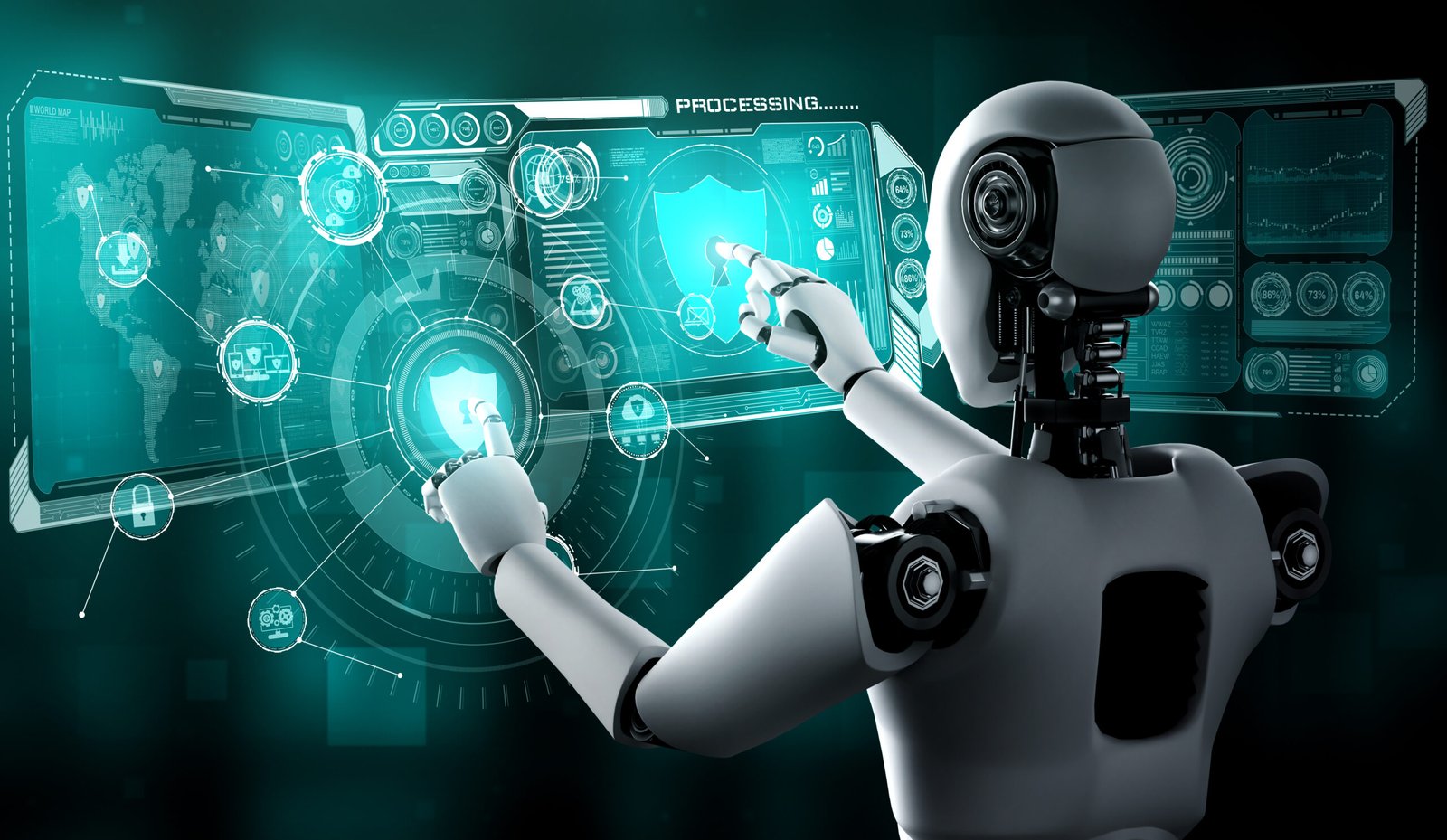
In an increasingly AI-driven society, the ability to detect content generated by artificial intelligence has become crucial. The terms “Detector de IA“ (Spanish for AI detector) and “Détecteur IA” (French for AI detector) are gaining popularity across regions where Spanish and French are spoken. These tools serve a universal purpose—identifying content produced by AI systems such as ChatGPT, Google Gemini, or Claude.
What is a “Detector de IA” or “Détecteur IA”?
A Detector de IA or Détecteur IA is a software tool designed to analyze text and determine whether it was written by a human or generated by artificial intelligence. These tools use natural language processing (NLP), machine learning, and pattern recognition to identify AI-generated content. Whether you’re a journalist, educator, content creator, or digital marketer, AI detectors help ensure authenticity and originality in online communication.
These tools are commonly used in:
-
Academic institutions to detect AI-written assignments
-
Publishing houses to verify authorial originality
-
Legal or corporate settings to prevent misinformation or AI-generated fraud
The Rise of AI-Generated Content
Since the launch of OpenAI’s GPT models and other generative AI systems, millions of users have relied on them for writing, coding, marketing, and even personal communication. While the advantages are enormous—boosting productivity, reducing cost, and saving time—they also raise ethical and practical concerns:
-
How do we maintain human accountability in content creation?
-
How can we identify fake news or automated propaganda?
-
Can academic integrity survive in the AI era?
These concerns have pushed the development and demand for robust AI detection tools.
How Do AI Detectors Work?
Both Detector de IA and Détecteur IA tools typically operate through the following mechanisms:
1. Text Pattern Recognition
AI-written text often follows statistical patterns. AI detectors analyze sentence structure, word frequency, and predictability. For example, AI-generated content may lack the randomness and subtle errors typical of human writing.
2. Perplexity and Burstiness Scores
-
Perplexity measures how predictable the text is. Lower perplexity often suggests AI involvement.
-
Burstiness looks at sentence variation. Humans tend to write with natural fluctuations, while AI might maintain a more uniform style.
3. Machine Learning Models
These tools are trained on vast datasets of human and AI-generated texts. Over time, they learn to distinguish between them more accurately.
4. Multilingual Capability
Advanced detectors are built to function in multiple languages, making Detector de IA and Détecteur IA essential for Spanish and French-speaking users.
Key Features of AI Detectors
While there are numerous detectors on the market, they typically offer a few common features:
-
Accuracy Score (% probability the content is AI-generated)
-
Highlighting AI-detected segments
-
Language support (English, French, Spanish, etc.)
-
Plagiarism detection (sometimes integrated)
-
Exportable reports for academic or professional use
Examples of well-known tools include GPTZero, Originality.AI, ZeroGPT, and Writer.com AI Detector.
Applications in Different Sectors
1. Education
Teachers and professors now frequently use these tools to ensure student assignments are completed without AI assistance. AI writing might help students brainstorm, but academic institutions need to ensure independent thinking.
2. Journalism and Media
Media organizations need authentic reporting. AI-generated news content, if left unchecked, may mislead the public. AI detectors help verify the origin of articles and ensure journalistic integrity.
3. Corporate Communications
In marketing or internal communication, companies often need to confirm the originality of reports or press releases. AI detectors help verify whether submissions are crafted by humans or algorithms.
4. Legal and Compliance
In regulatory environments, certain documents must be verifiably human-authored. AI detection tools help legal teams confirm authenticity and meet compliance standards.
Limitations and Challenges
Despite their benefits, Detector de IA and Détecteur IA tools face several limitations:
1. False Positives
Sometimes, highly fluent or grammatically correct human writing may be flagged as AI-written.
2. Evasion Techniques
Writers can use paraphrasing tools or edit AI-generated content slightly to bypass detection.
3. Language Barriers
While many tools support multiple languages, detection in non-English content is often less accurate due to limited datasets and less mature models.
4. Evolution of AI
As AI writing tools get better at mimicking human language, the task of detection becomes more difficult. Newer models are harder to detect due to their advanced linguistic capabilities.
Ethical and Legal Considerations
As AI detectors grow in popularity, so do debates about their ethical use:
-
Privacy: Is it ethical to scan personal documents or communications using AI detectors?
-
Bias: Some detectors may misclassify texts based on writing styles, educational background, or non-native fluency.
-
Consent: Should users be informed before their content is scanned?
Moreover, in some countries, scanning AI content without consent may violate data protection laws like GDPR or local equivalents.
The Future of AI Detection
The evolution of AI detection tools is inevitable. We may soon see detectors that:
-
Operate in real-time while content is being written
-
Offer browser extensions to check content instantly on websites or emails
-
Include blockchain verification for authorship proof
-
Are embedded in Learning Management Systems (LMS) for seamless educational use
Moreover, collaborative efforts between AI developers and AI detector platforms may lead to watermarked AI content, making detection much easier.
Choosing the Right Tool: Tips for Users
If you’re considering using a Detector de IA or Détecteur IA, keep the following in mind:
-
Check Accuracy: Use tools that have been tested and verified for high precision.
-
Multilingual Support: Make sure the tool supports your required language(s).
-
User Interface: A clean and simple dashboard can make a huge difference in usability.
-
Data Privacy: Use platforms that are GDPR compliant and don’t store your data.
Final Thoughts
AI detection is not just a technical need; it’s a cultural and ethical necessity in the modern digital era. As artificial intelligence continues to reshape how we create and consume information, tools like Detector de IA and Détecteur IA will play an increasingly important role in maintaining trust, originality, and transparency.
Check out new and latest article to see by clicking here.






